We value your privacy
On our website, we use services (including from third-party providers) that help us to improve our online presence. The following categories of cookies are used by us and can be managed in the cookie settings. We need your consent before being able to use these services. Alternatively, you may click to refuse to consent, or access more detailed information and change your preferences before consenting. Your preferences will apply to this website only. You can change your preferences at any time by clearing your browser history/cache or visiting our privacy policy page.
By authorizing third-party services, you allow the placement and the reading of cookies and the use of tracking technologies required to keep our website reliable and secure.
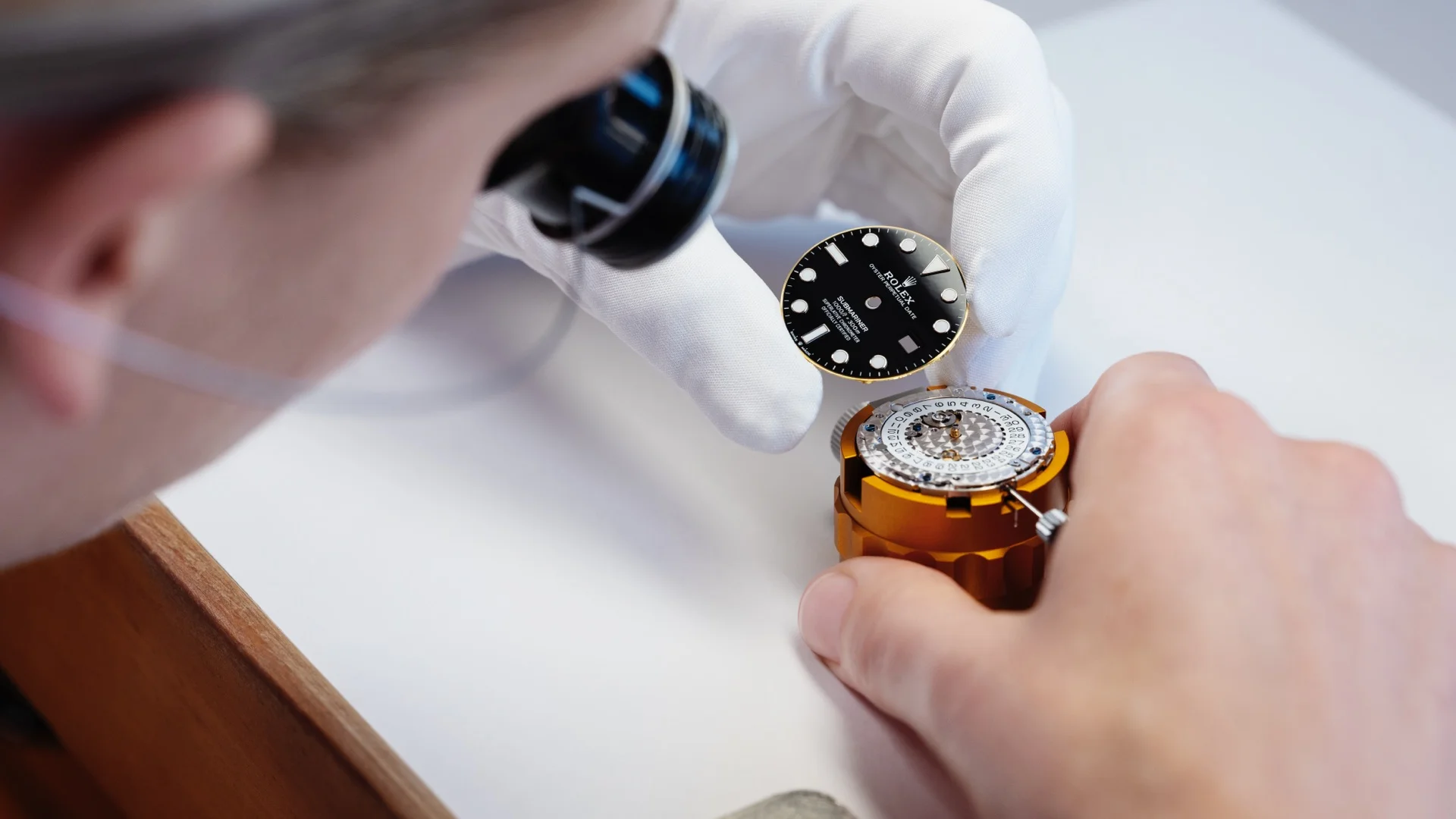

More than 100 years after the creation of the brand, the founder’s philosophy is more present than ever, from the manufacturing of the company’s watches to its commitments worldwide.
Since the beginning, the story of Rolex has been characterized by the quest for perfection and the ambition to push back the boundaries.


At the turn of the 20th century, a visionary entrepreneur based in London was on the verge of success. His aim? To introduce the watchmaking world of the day to an as-yet-unknown dial signature: Rolex. A new name, invented in 1908, it would become one of the world's most respected brands in the space of a few decades. As Hans Wilsdorf recounted in his memoirs of the early days of his company, the opposition he faced seemed insurmountable at first.
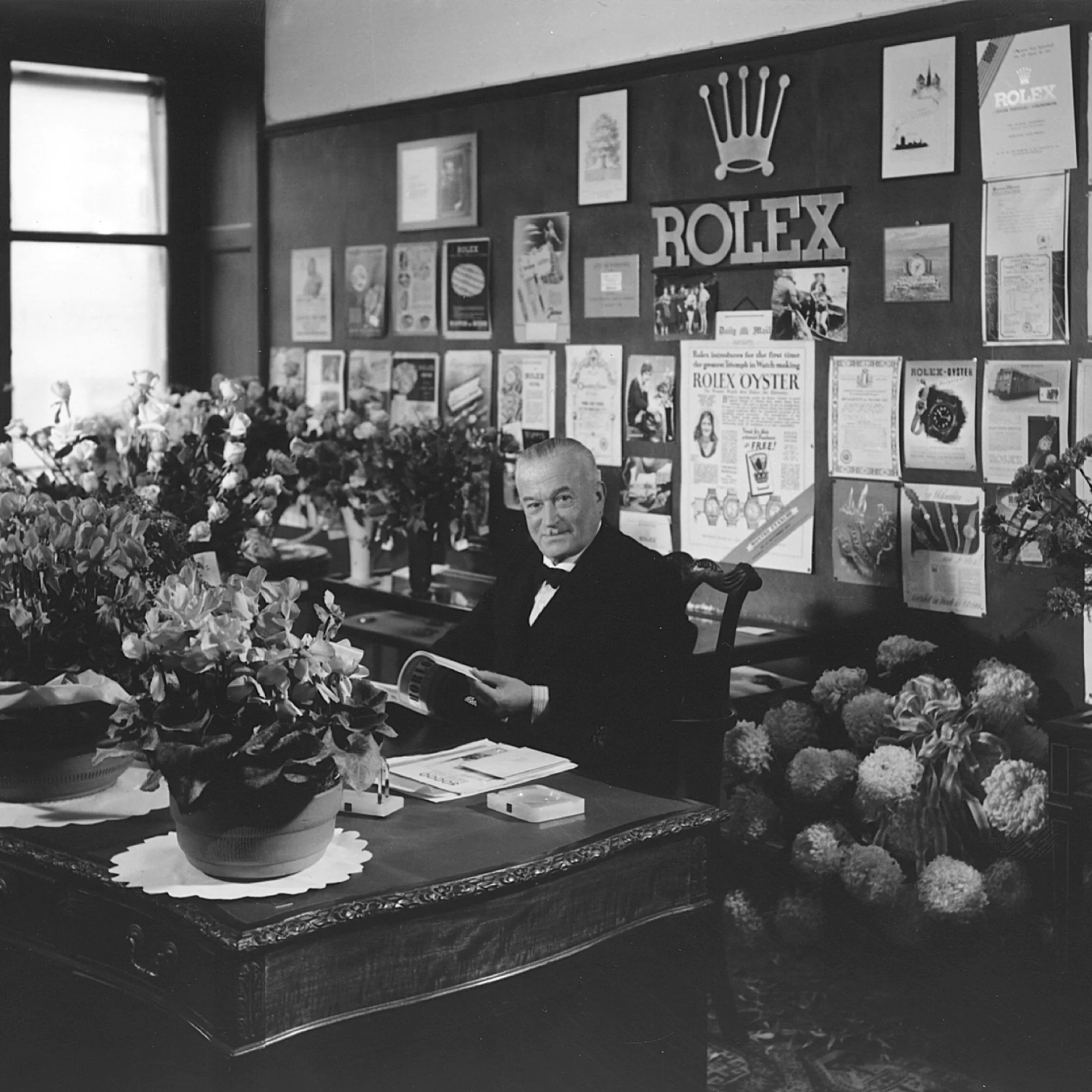

The entrepreneur started out with very little, but he did possess invaluable qualities: vision, perseverance and an extraordinary ability to work. An orphan at the age of 12, with nothing other than his determination to help him overcome challenges, Hans Wilsdorf went on to invent the world's first waterproof self-winding wristwatch with a Perpetual rotor - a watch that has become a benchmark in terms of quality and prestige.

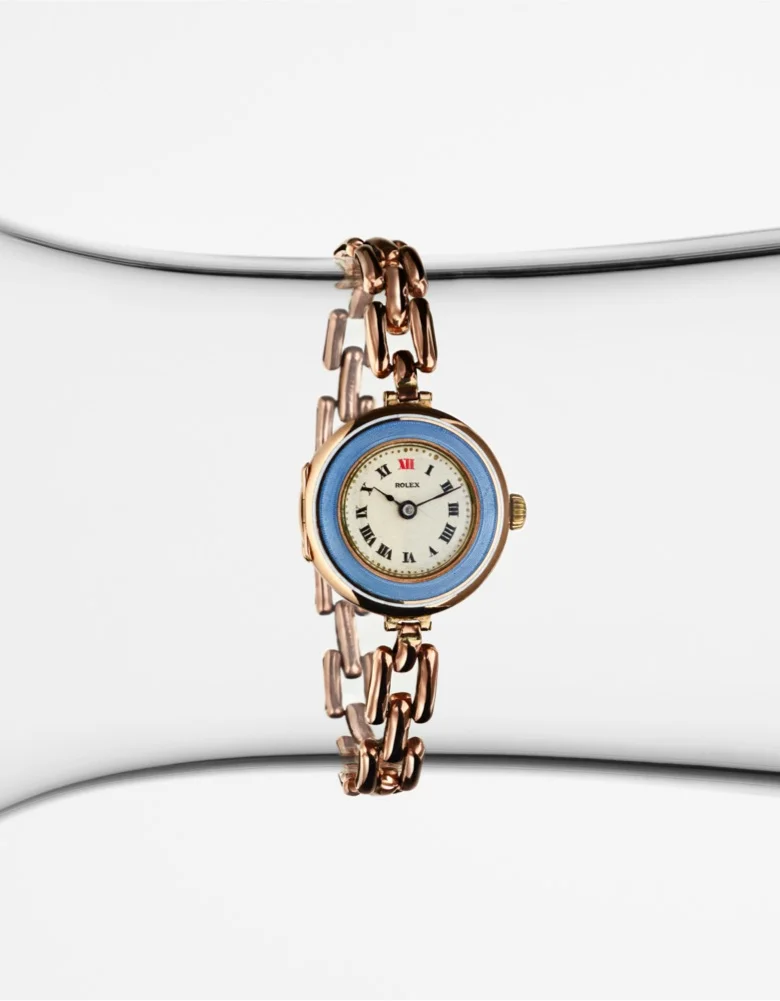
"Too complicated, too fragile, ill-adapted" - the wristwatch was met with scepticism. Yet, relying on his firmly-held beliefs, Hans Wilsdorf managed to achieve his bold objective of establishing the Rolex watch – the Oyster Perpetual - as the archetype of the waterproof timepiece: precise, robust and able to withstand all conditions. But he was not simply a visionary who endowed Rolex watches with their fundamental technical and aesthetic characteristics. His constant quest for perfection was accompanied by a profound generosity and unshakeable faith in human potential.
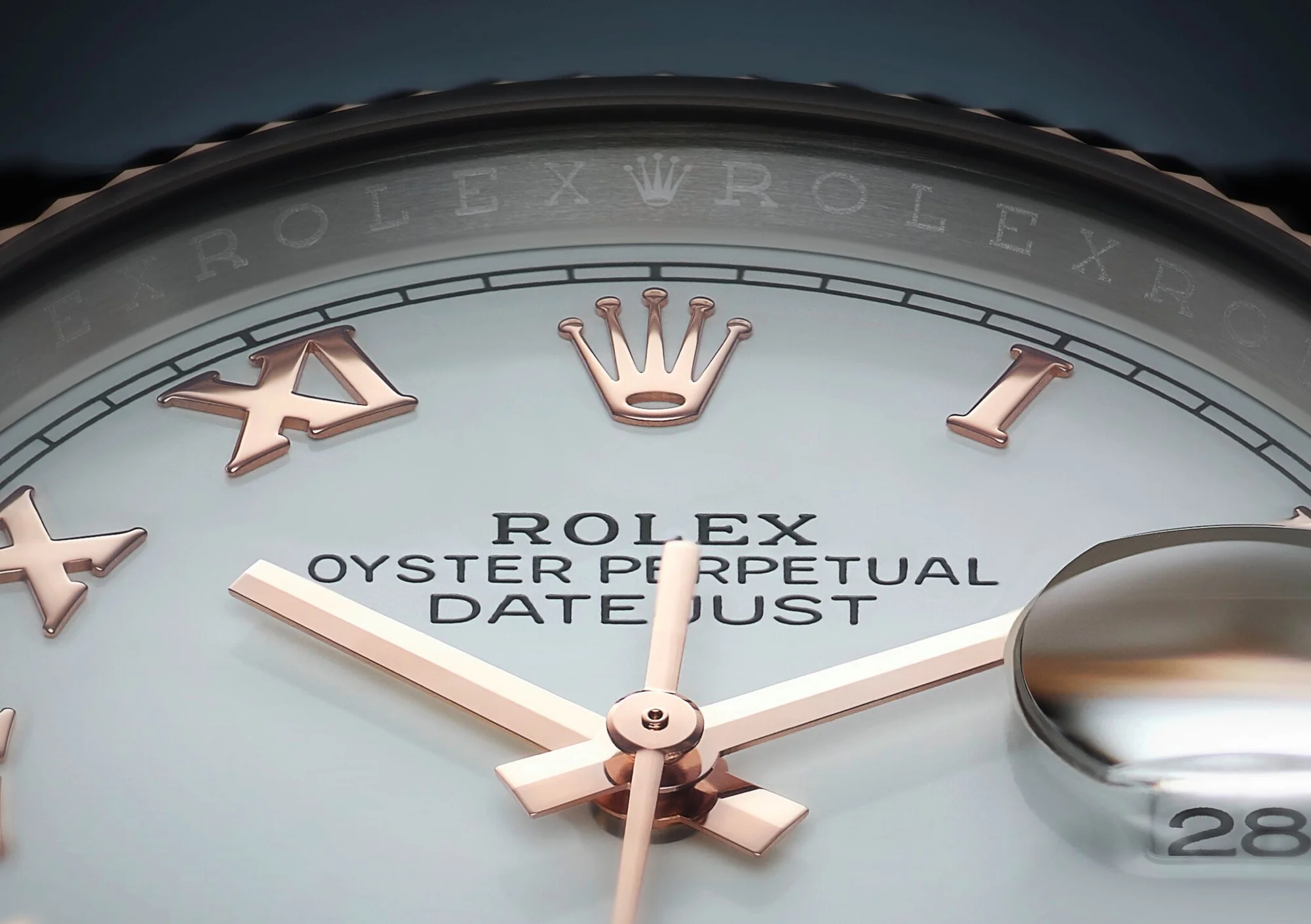

An integrated and independent company, Rolex has manufacturing resources that encompass a wide range of skills and knowledge. Watchmakers, engineers, designers and other specialists work closely together from the design to the manufacturing of the watches. Rolex's company culture is based above all on human values, which place both expertise and soft skills at the heart of the brand's different activities.
Rolex is host to a variety of professions, brought to life by employees who are experts in their fields. The company has complete control over its essential components, from the casting of gold alloys to machining, finishing and assembly of the movement, case, dial and bracelet elements, as well as gem-setting. Its know-how is also made available right across the world thanks to an exceptional after-sales service network.

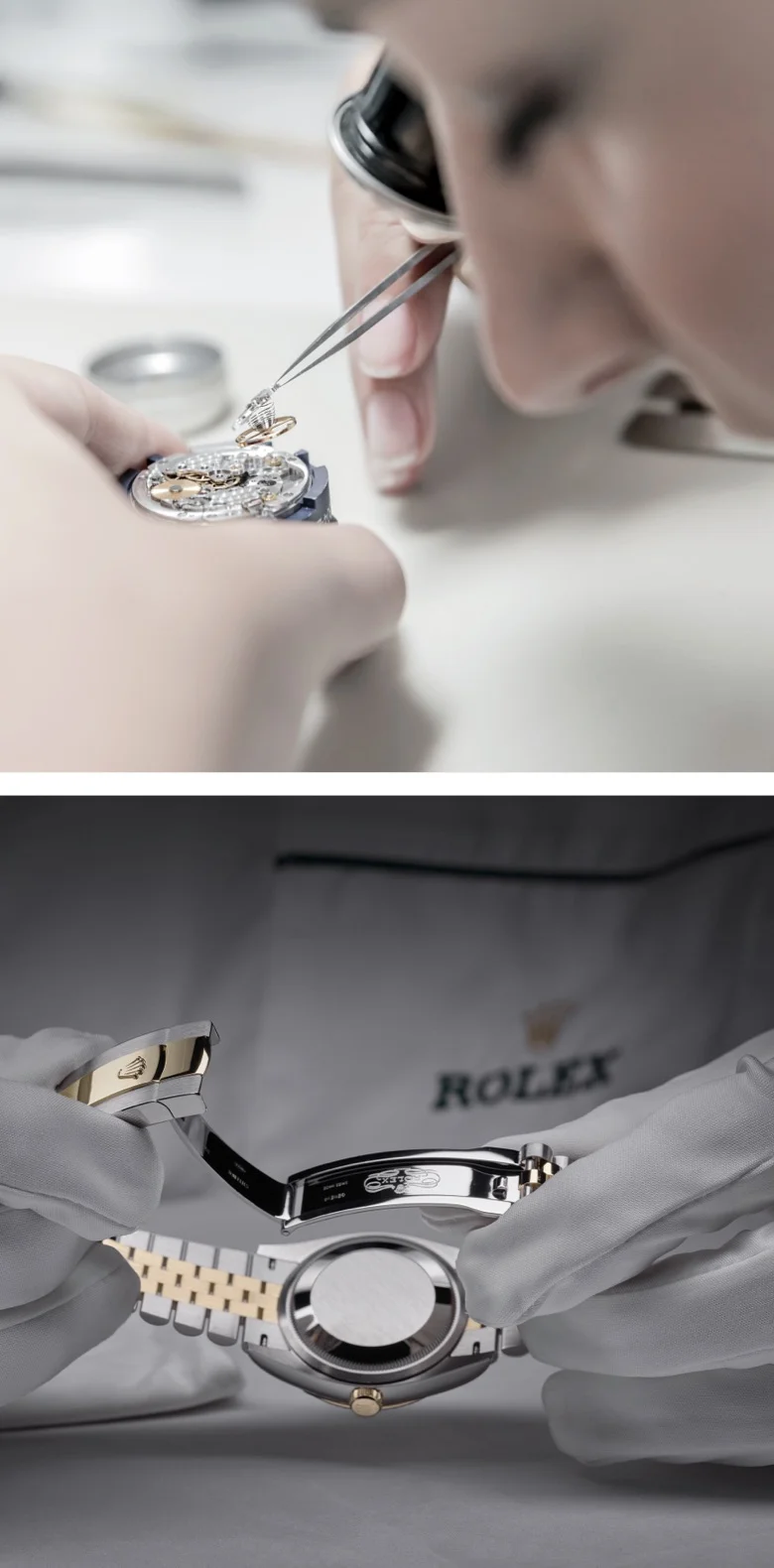
To ensure the brand's expertise exists into the future, Rolex has its own unique Training Centre. Dedicated to the pursuit of excellence and the development of its employees, the centre, located in Geneva, provides training to employees and instructs apprentices. The company aims to pass on to younger generations its pride in its skills and mastery of its knowledge.


The Oyster Perpetual collection was built on the success of the original Oyster model, patented and launched in 1926. As the world’s first waterproof wristwatch, it played a pioneering role in the development of the modern timepiece. Over the years, the Oyster became the proud bearer of many other innovations – such as self-winding by means of the Perpetual rotor (1931) – that defined the identity of the models in the collection and forged Rolex’s reputation for excellence, of which chronometric precision and reliability are among the cornerstones.


The Oyster gradually evolved into a collection of watches that integrated new functions and innovative technologies. All the models share fundamental features and a strong visual identity. Today the collection consists of 12 ranges, split into two categories: Classic watches such as the Datejust and the Day Date, and Professional watches, including the Explorer and the GMT-Master II.
As the pioneer of the wristwatch, the company is at the origin of numerous major innovations in the watchmaking industry and has filed over 500 patents in the course of its history.

